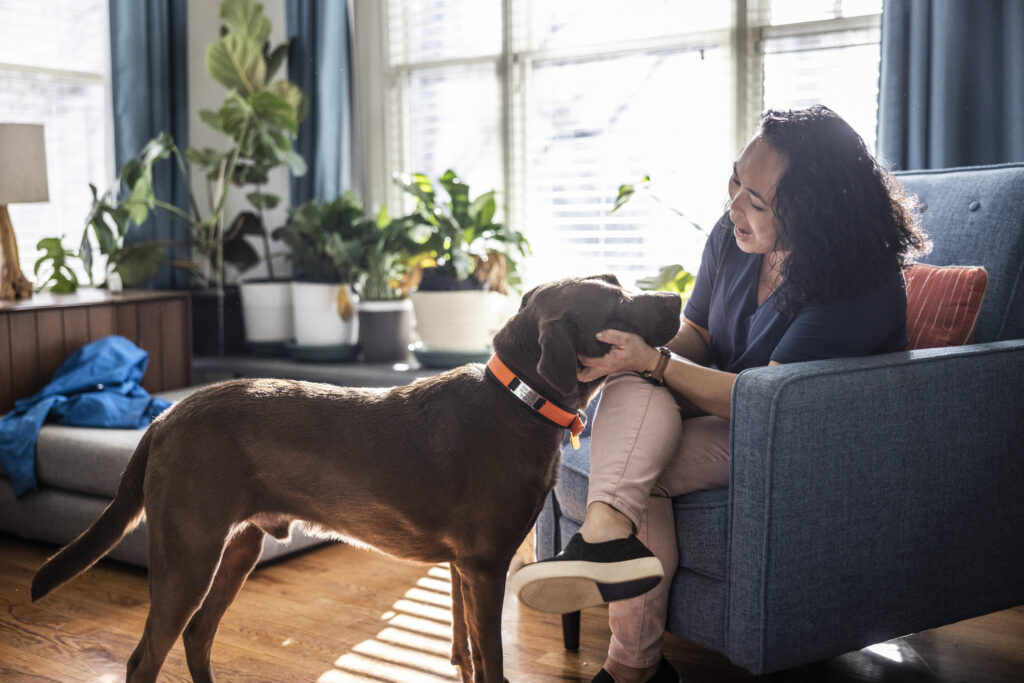
By Loretta Worters, Vice President – Media Relations, Triple-I
When you think about domestic violence, insurance typically isn’t top of mind. However, financial security and access to resources can make all the difference to victims when deciding to leave an abusive relationship. And insurance is an important component of financial planning that can help survivors move forward.
One frequently hidden form of abuse perpetrated within intimate partner relationships is economic or financial abuse, a common tactic abusers use to gain power and control. The forms of financial abuse may be subtle or explicit, but generally include tactics to conceal information, limit the victim’s access to assets, or reduce accessibility to the family finances. Financial abuse – along with digital, emotional, physical, and sexual abuse – includes behaviors to intentionally manipulate, intimidate, and threaten the victim to entrap that person. In some cases, financial abuse is present throughout the relationship; in others, financial exploitation becomes present when the survivor is attempting to leave or has left.
Research indicates that financial abuse occurs in 99 percent of domestic violence cases. Surveys of survivors reflect concerns over their ability to provide for themselves and their children – one of the top reasons for staying with or returning to an abusive partner. As with all forms of abuse, financial abuse occurs across all socio-economic, educational, and racial and ethnic groups.
Survivors struggling to get back on their feet may also be forced to return to their abuser. That’s why it’s so important survivors understand how insurance works and what a critical role it can play in gaining financial freedom and economic self-sufficiency.
Since 2005, The Allstate Foundation has been committed to ending domestic violence through financial empowerment by helping to provide survivors with the education and resources needed to achieve their potential and equip young people with the information and confidence they need to help prevent unhealthy relationships before they start.
The Allstate Foundation offers a Moving Ahead Curriculum, a five-module program that helps prepare survivors as they move from short-term safety to long-term security. Modules of the curriculum include: Understanding Financial Abuse; Learning Financial Fundamentals; Mastering Credit Basics; Building Financial Foundations and Long-Term Planning.
In support of Domestic Violence Awareness Month, Triple-I offers financial strategies to protect victims before and after leaving an abusive relationship. They include securing financial records, knowing where the victim stands financially, building a financial safety net, making necessary changes to their insurance policies, and maintaining good credit.
The National Coalition Against Domestic Violence (NCADV) reports that 10 million people are physically abused by an intimate partner each year, and 20,000 calls are placed to domestic violence hotlines each day. In addition, 85 percent of women who leave an abusive relationship return because of their economic dependence on their abusers. Furthermore, the degree of women’s economic dependence on an abuser is associated with the severity of the abuse they suffer.
“Home is frequently a dangerous place for survivors of domestic violence, and remote work exacerbates the circumstances, due to the abusers’ ability to further control,” said Ruth Glenn, author, survivor, and leader in the movement to end domestic violence for over 30 years. “Tactics abusers use include ruining the victim’s credit, as well as financial abuse,” said Glenn, who is president of Survivor Justice Action (SJA) and the former CEO of the NCADV.
Digital abuse is another tactic used by abusers. It can come in many forms, with partners reading emails, checking texts and locations of social media posts, controlling who you can connect and speak with on social media; and keeping constant tabs on you through social networks, spyware, or tools like location sharing; and stealing your passwords, which can also impact you financially.
“One of the most powerful methods of keeping a survivor trapped in an abusive relationship is not being able to support themselves financially,” Glenn explained. “That’s why insurance and financial education are crucial,” she said. “Education can save a life.”










